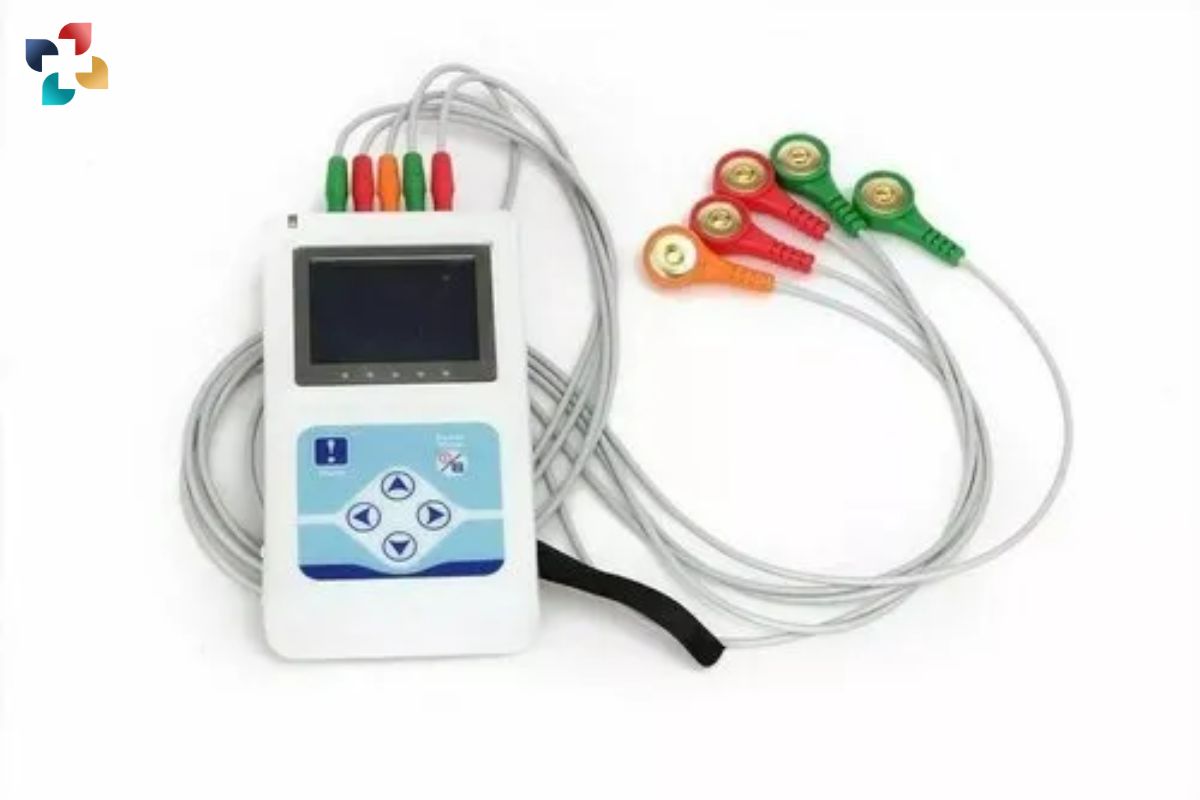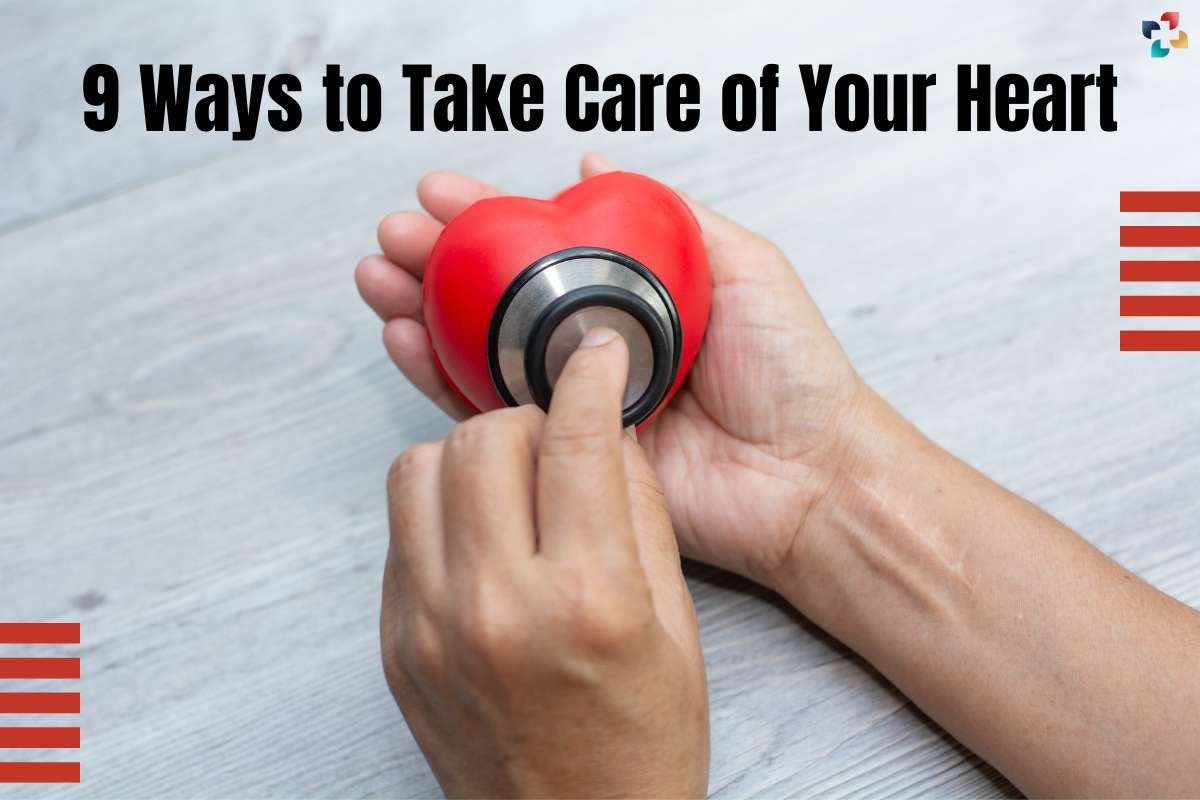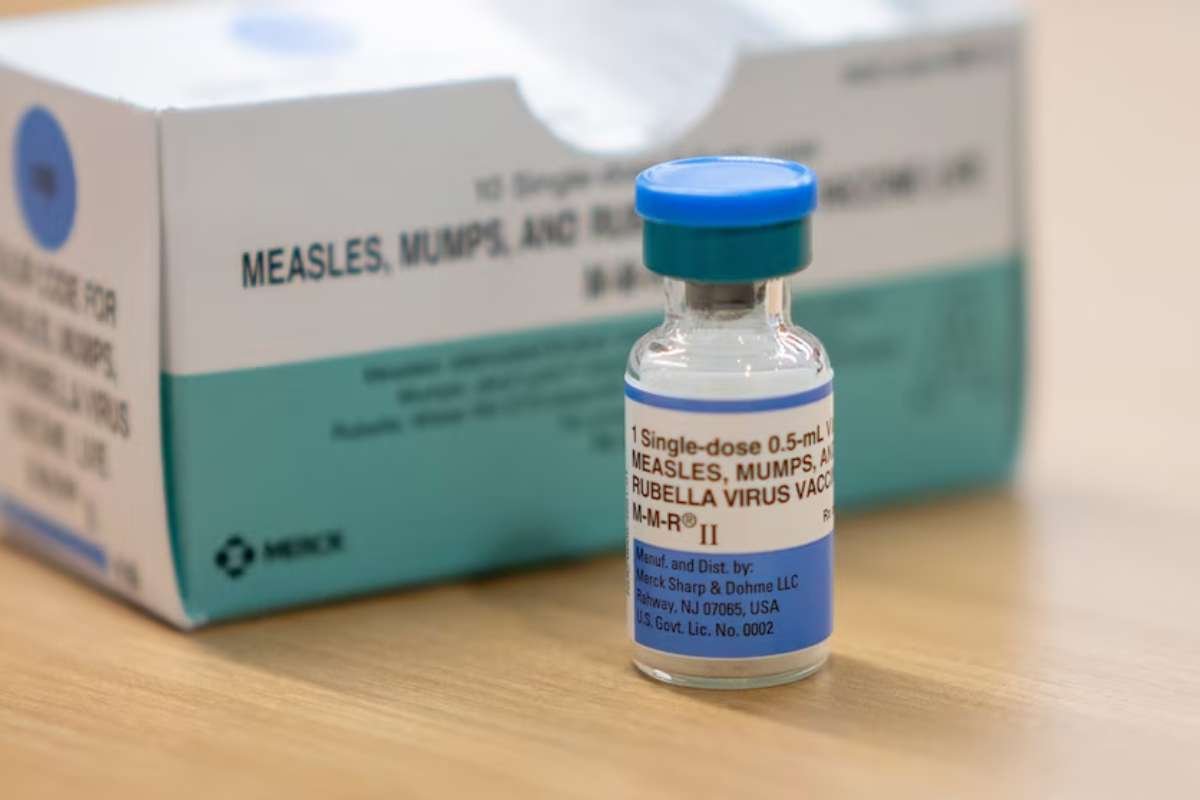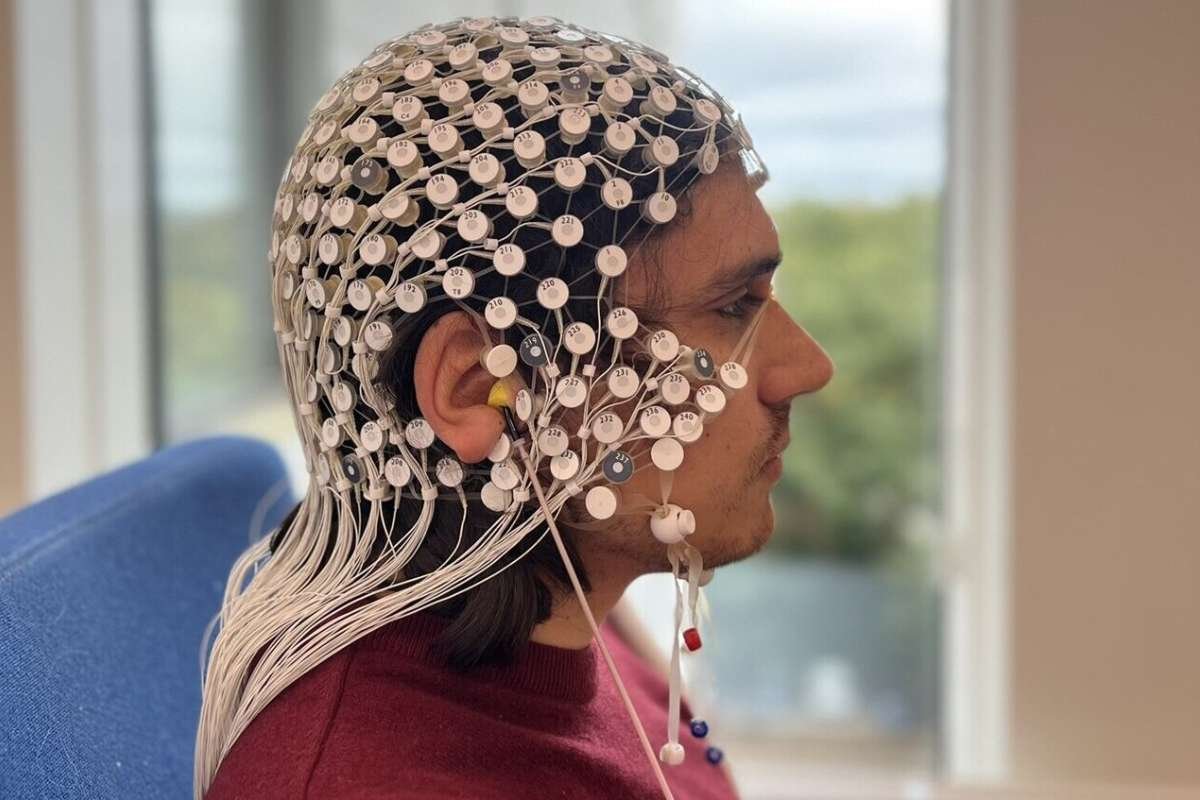Source – Verywell Health
Introduction
In the realm of cardiovascular health, monitoring heart activity is crucial for early detection and management of various conditions. One such tool gaining prominence is the Holter monitor. From its inception to modern applications, this article delves into the details of the device, its significance, and frequently asked questions surrounding its use.
What is a Holter Monitor?
Holter Monitor is a portable device used for continuous monitoring of a person’s heart activity, typically over a 24 to 48-hour period. It records the heart’s electrical activity, providing valuable insights into irregularities that may not be captured during a standard electrocardiogram (ECG).
Evolution
The concept of continuous ambulatory electrocardiography was first introduced by Dr. Norman Holter in the 1940s. Initially cumbersome and limited in functionality, technological advancements have transformed the device into a compact and sophisticated device capable of storing vast amounts of data for analysis.
How Does the Device Work?

A Holter device consists of electrodes attached to the chest, which detect the heart’s electrical signals. These signals are then transmitted to a small recording device worn by the patient. Throughout the monitoring period, the device records data, including heart rate, rhythm, and any irregularities.
Significance
The monitor plays a pivotal role in diagnosing various cardiac conditions, such as arrhythmias, palpitations, and heart rhythm disorders. Unlike traditional ECGs performed in a clinical setting, the monitor allows for continuous monitoring during daily activities, providing a more comprehensive picture of the heart’s behavior.
Applications
Holter monitoring is utilized in diverse clinical scenarios, including:
- Assessing symptoms such as palpitations, dizziness, and fainting episodes.
- Evaluating the effectiveness of medications or interventions in managing cardiac conditions.
- Monitoring patients following a heart attack or cardiac procedure to detect recurrent abnormalities.
- Screening individuals at risk of developing arrhythmias, especially those with a family history of cardiac disorders.
- Research studies aimed at understanding the underlying mechanisms of various heart conditions.
Benefits

- Non-invasive: Monitoring does not require invasive procedures and can be comfortably worn by patients during their daily routine.
- Comprehensive Data: Unlike conventional ECGs, which provide snapshots of heart activity, the device records continuous data, offering a more comprehensive assessment.
- Early Detection: By capturing subtle irregularities in heart rhythm, Holter monitoring facilitates early detection of cardiac abnormalities, enabling prompt intervention and management.
- Patient Convenience: The compact design of modern Holter monitors allows patients to carry out their usual activities without disruption, ensuring a more accurate representation of their heart’s behavior.
Limitations
While Holter monitoring is a valuable diagnostic tool, it has certain limitations:
- Limited Duration: The monitoring period typically lasts for 24 to 48 hours, which may not capture intermittent or infrequent arrhythmias.
- Discomfort: Some patients may experience discomfort or skin irritation from the adhesive electrodes used to attach the monitor.
- Data Interpretation: Analyzing the vast amount of data generated by monitors requires specialized expertise, and false positives or negatives can occur.
- Cost: Holter monitoring may be costly, depending on factors such as insurance coverage and healthcare settings.
Holter Monitoring Procedure
- The process of monitoring typically begins with the placement of electrodes on specific areas of the chest, which are connected to the recording device.
- Patients are instructed to carry out their usual activities while wearing the monitor, including sleeping, exercising, and performing daily tasks.
- It’s essential for patients to maintain a log of their activities and symptoms during the monitoring period, providing valuable context for data interpretation.
- After the monitoring period is complete, the recorded data is analyzed by healthcare professionals, who identify any abnormalities or irregularities in heart rhythm.

9 Ways to Take Care of Your Heart
Taking care of your heart requires developing healthy habits and making adjustments to your lifestyle that are beneficial to your cardiovascular system. These are nine ways to take care of your heart.
Interpretation
- Analyzing data involves assessing various parameters, including heart rate variability, ST-segment changes, and arrhythmic events.
- Healthcare providers look for patterns indicative of cardiac abnormalities, such as atrial fibrillation, ventricular tachycardia, or bradyarrhythmias.
- Interpretation of monitor results requires expertise and may involve correlation with clinical symptoms, patient history, and other diagnostic tests.
Advancements in Technology
- Recent advancements in technology have led to the development of wearable Holter monitoring devices with enhanced features, such as wireless connectivity and cloud-based data storage.
- These innovative devices offer greater convenience for patients and healthcare providers, allowing real-time monitoring and remote data access.
- Additionally, advanced algorithms and software tools aid in the automatic analysis and interpretation of data, streamlining the diagnostic process and improving efficiency.
Monitoring in Special Populations

- Monitoring can be particularly valuable in special populations, such as pediatric patients and athletes, where the detection of subtle cardiac abnormalities is crucial.
- In pediatric cardiology, Holter monitoring helps in diagnosing conditions like congenital heart defects and arrhythmias, guiding treatment decisions, and long-term management.
- For athletes, Holter monitoring may reveal exercise-induced arrhythmias or abnormal heart rhythms that could pose risks during physical exertion, prompting further evaluation and precautions.
Conclusion
Holter monitoring continues to be a valuable tool in the diagnosis and management of various cardiac conditions. With its ability to provide continuous data over an extended period, Holter monitors offer insights that are crucial for identifying and addressing irregularities in heart rhythm. By understanding its significance, applications, and limitations, both healthcare professionals and patients can leverage the benefits of Holter monitoring for improved cardiovascular health.
FAQs:
1. What preparations are required before wearing a Holter monitor?
Before wearing a Holter device, patients may be advised to avoid activities that can interfere with the recording, such as swimming or using electrical devices near the monitor.
2. Can I shower or bathe while wearing a monitor?
Most modern monitors are water-resistant, allowing patients to shower or bathe while wearing them. However, it’s essential to follow specific instructions provided by the healthcare provider.
3. How should I keep track of my activities while wearing a Holter monitoring device?
Patients are often asked to maintain a diary, noting their activities, symptoms, and any unusual sensations experienced during the monitoring period. This information aids in correlating recorded data with real-life events.
4. Will wearing a Holter device restrict my daily activities?
In general, wearing a monitor should not significantly restrict daily activities. However, patients should avoid vigorous exercises or activities that may dislodge the electrodes or interfere with the recording.
5. How soon will I receive the results of my monitoring?
The duration for receiving results may vary depending on the healthcare provider and the urgency of the case. In most cases, results are available within a few days, allowing prompt evaluation and appropriate management.






.jpg)
